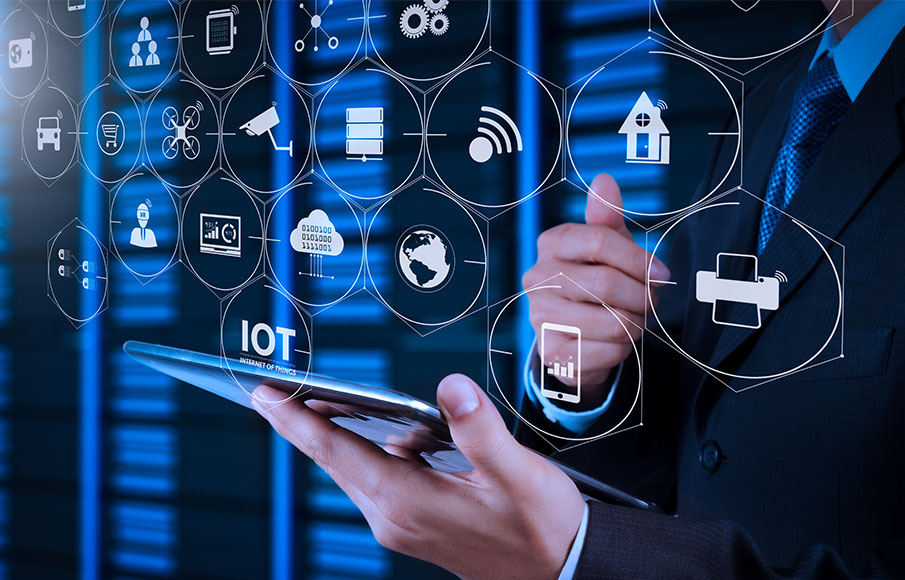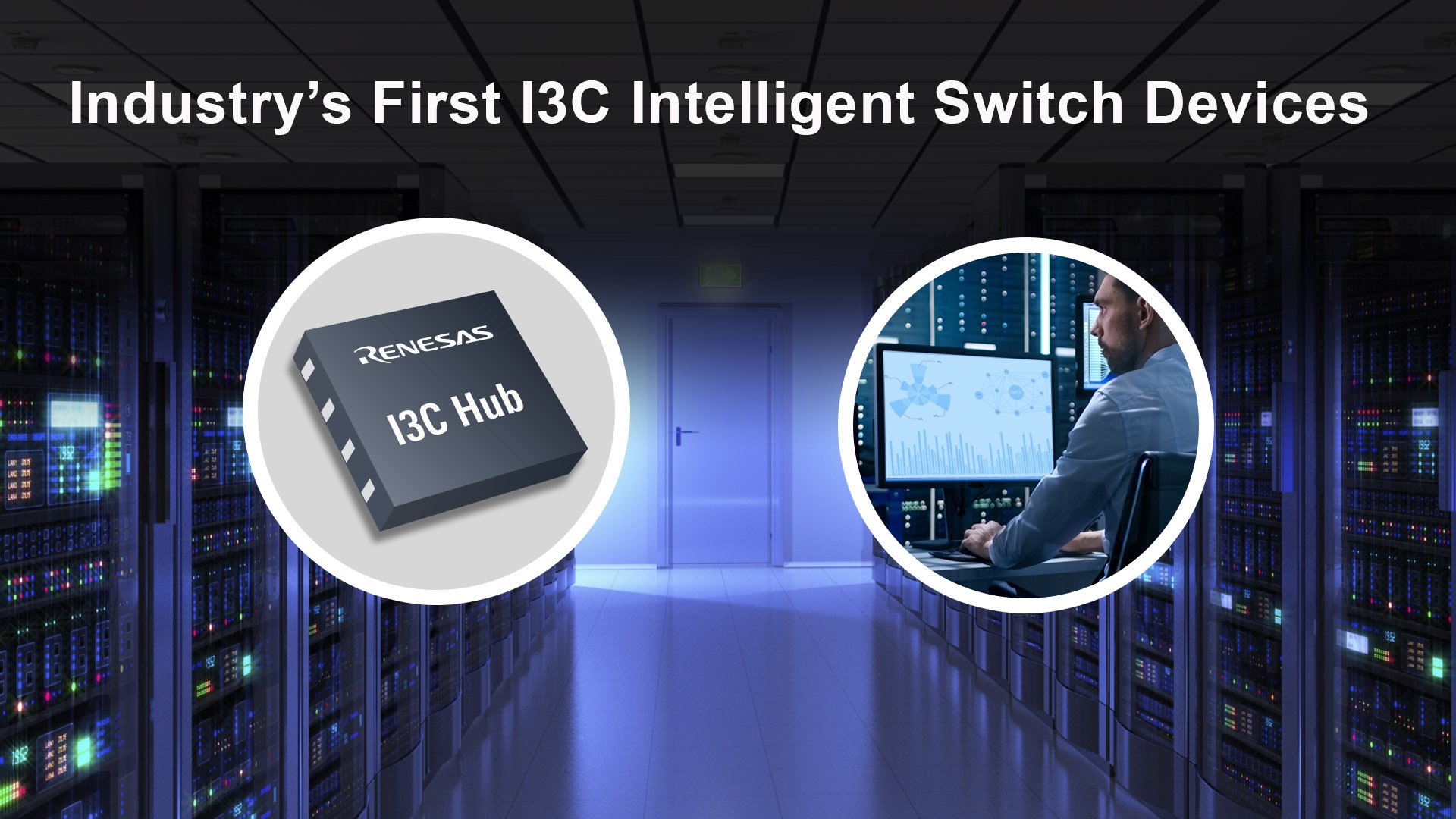So, you're here because you're curious about how device management platforms in IoT can revolutionize the way you handle connected devices, huh? Well, let me tell ya, this ain't just another tech buzzword. IoT device management is the real deal. Whether you're a tech enthusiast, a business owner, or someone who just wants to keep their smart gadgets running smoothly, understanding device management platforms is like having a secret weapon in your tech arsenal. We're diving deep into how these platforms work, why they matter, and how you can use them like a pro.
Imagine having hundreds, if not thousands, of devices scattered across different locations, all communicating with each other. Sounds chaotic, right? That's where device management platforms come into play. They're like the traffic cops of the IoT world, ensuring everything runs smoothly without any hiccups. This tutorial will break down the basics, highlight the best practices, and even throw in some tips to help you avoid common pitfalls.
But before we get into the nitty-gritty, let's establish one thing: IoT device management isn't just for tech giants or enterprises. Even small businesses and individual users can benefit from these platforms. So, whether you're managing a fleet of smart sensors or just a couple of smart home devices, this guide has got your back. Let's dive in!
Read also:Susan Kellermann The Untold Story Of A Remarkable Life
What is Device Management Platform IoT?
Alright, let's start with the basics. A device management platform IoT is essentially a system that helps you manage, monitor, and maintain all your connected devices in one place. Think of it as a control center for all your IoT gadgets. These platforms allow you to perform tasks like device provisioning, firmware updates, security management, and even remote troubleshooting. Pretty neat, right?
But here's the kicker: with the explosion of IoT devices in recent years, managing them manually has become nearly impossible. That's why device management platforms have become a necessity rather than a luxury. They ensure that your devices are secure, up-to-date, and functioning properly, all while saving you time and effort.
Why Device Management Platforms Are Essential for IoT Success
Let's face it: IoT devices are everywhere. From smart thermostats to industrial sensors, the number of connected devices is growing exponentially. According to a report by Statista, the number of IoT devices worldwide is expected to surpass 25 billion by 2030. That's a lot of gadgets to keep track of!
Without a proper device management platform, managing such a vast network of devices can be overwhelming. You could end up with outdated firmware, security vulnerabilities, and even device failures. But with a solid IoT device management solution, you can:
- Remotely monitor device performance and health
- Automate firmware updates to ensure devices are always up-to-date
- Enhance security by implementing strong authentication and encryption protocols
- Reduce downtime by quickly identifying and resolving issues
See? It's not just about managing devices; it's about ensuring your IoT ecosystem is robust, secure, and efficient.
Key Features of a Device Management Platform IoT
Now that we know what a device management platform is, let's talk about its key features. A good platform should have the following capabilities:
Read also:How Old Is Philippa Braithwaite Unveiling The Stars Journey And Age
Device Provisioning
Device provisioning is the process of adding new devices to your IoT network. A good device management platform will allow you to easily onboard new devices, configure settings, and assign permissions. This ensures that your devices are ready to go as soon as they're connected.
Firmware and Software Updates
Keeping your devices updated is crucial for maintaining security and functionality. A device management platform should provide automated updates, so you don't have to worry about manually updating each device. Plus, it should allow you to roll back updates in case something goes wrong.
Remote Monitoring and Diagnostics
Monitoring your devices in real-time is essential for identifying potential issues before they become major problems. A good platform will provide detailed analytics and alerts, so you can take action quickly. It should also allow you to perform remote diagnostics, saving you the trouble of physically inspecting each device.
Security Management
Security is a top priority when it comes to IoT devices. A device management platform should offer features like encryption, authentication, and access control to protect your devices from cyber threats. It should also provide regular security audits to ensure your network remains secure.
How to Choose the Right Device Management Platform
With so many options available, choosing the right device management platform can be daunting. Here are a few things to consider:
Scalability
Make sure the platform can scale with your needs. Whether you're managing a few devices or thousands, the platform should be able to handle the load without compromising performance.
Integration
Check if the platform integrates with your existing systems and tools. Seamless integration is key to ensuring a smooth workflow and minimizing disruptions.
Cost
While it's tempting to go for the cheapest option, don't skimp on quality. Look for a platform that offers good value for money and provides the features you need. Remember, investing in a reliable device management platform can save you a lot of money in the long run.
Device Management Platform IoT Tutorial: Step-by-Step Guide
Ready to get your hands dirty? Let's walk through a step-by-step guide to setting up and using a device management platform.
Step 1: Choose Your Platform
Based on your requirements, select a device management platform that fits your needs. Some popular options include AWS IoT Device Management, Microsoft Azure IoT Hub, and Google Cloud IoT Core. Do your research and read reviews to make an informed decision.
Step 2: Set Up Your Account
Once you've chosen a platform, sign up for an account and follow the setup instructions. Most platforms offer a free trial, so you can test the waters before committing.
Step 3: Add Devices
Use the platform's device provisioning feature to add your devices to the network. This usually involves creating device profiles and assigning unique identifiers.
Step 4: Configure Settings
Customize settings for each device, such as data collection intervals, alert thresholds, and security protocols. This ensures that your devices are configured optimally for your specific use case.
Step 5: Monitor and Maintain
Start monitoring your devices in real-time and perform regular maintenance tasks like firmware updates and security audits. This will help you keep your IoT ecosystem running smoothly.
Best Practices for IoT Device Management
Here are a few best practices to keep in mind when using a device management platform:
- Regularly update firmware and software to ensure devices are secure and up-to-date
- Implement strong authentication and encryption protocols to protect against cyber threats
- Set up alerts for critical issues so you can take action quickly
- Perform regular security audits to identify and address vulnerabilities
- Document your processes and procedures for future reference
Common Challenges in IoT Device Management
While device management platforms make life easier, there are still some challenges to watch out for:
Security Risks
IoT devices are prime targets for cybercriminals. Ensure your platform has robust security features and stay vigilant against potential threats.
Interoperability Issues
Not all devices and platforms play nice together. Choose a platform that supports a wide range of devices and protocols to minimize compatibility issues.
Scalability Concerns
As your network grows, your platform should be able to handle the increased load without sacrificing performance. Plan for scalability from the outset to avoid headaches down the road.
Real-World Examples of Device Management Platform IoT
Let's take a look at some real-world examples of how device management platforms are being used:
Smart Cities
Many cities are using IoT devices to improve urban living. From smart traffic lights to waste management systems, device management platforms ensure these devices are functioning optimally and securely.
Industrial IoT
In manufacturing, IoT devices are used to monitor equipment performance and predict maintenance needs. Device management platforms help streamline these processes, reducing downtime and improving efficiency.
Healthcare
IoT devices are revolutionizing healthcare by enabling remote patient monitoring and telemedicine. Device management platforms ensure these devices are secure and reliable, protecting sensitive patient data.
Conclusion
There you have it, folks. Device management platforms are an essential tool for anyone working with IoT devices. Whether you're managing a small network of smart home gadgets or a large-scale industrial IoT deployment, these platforms can help you stay organized, secure, and efficient.
So, what are you waiting for? Dive into the world of IoT device management and take your tech game to the next level. And don't forget to share this article with your friends and colleagues who might find it useful. Together, let's build a smarter, more connected world!
Table of Contents
- What is Device Management Platform IoT?
- Why Device Management Platforms Are Essential for IoT Success
- Key Features of a Device Management Platform IoT
- How to Choose the Right Device Management Platform
- Device Management Platform IoT Tutorial: Step-by-Step Guide
- Best Practices for IoT Device Management
- Common Challenges in IoT Device Management
- Real-World Examples of Device Management Platform IoT
- Conclusion


